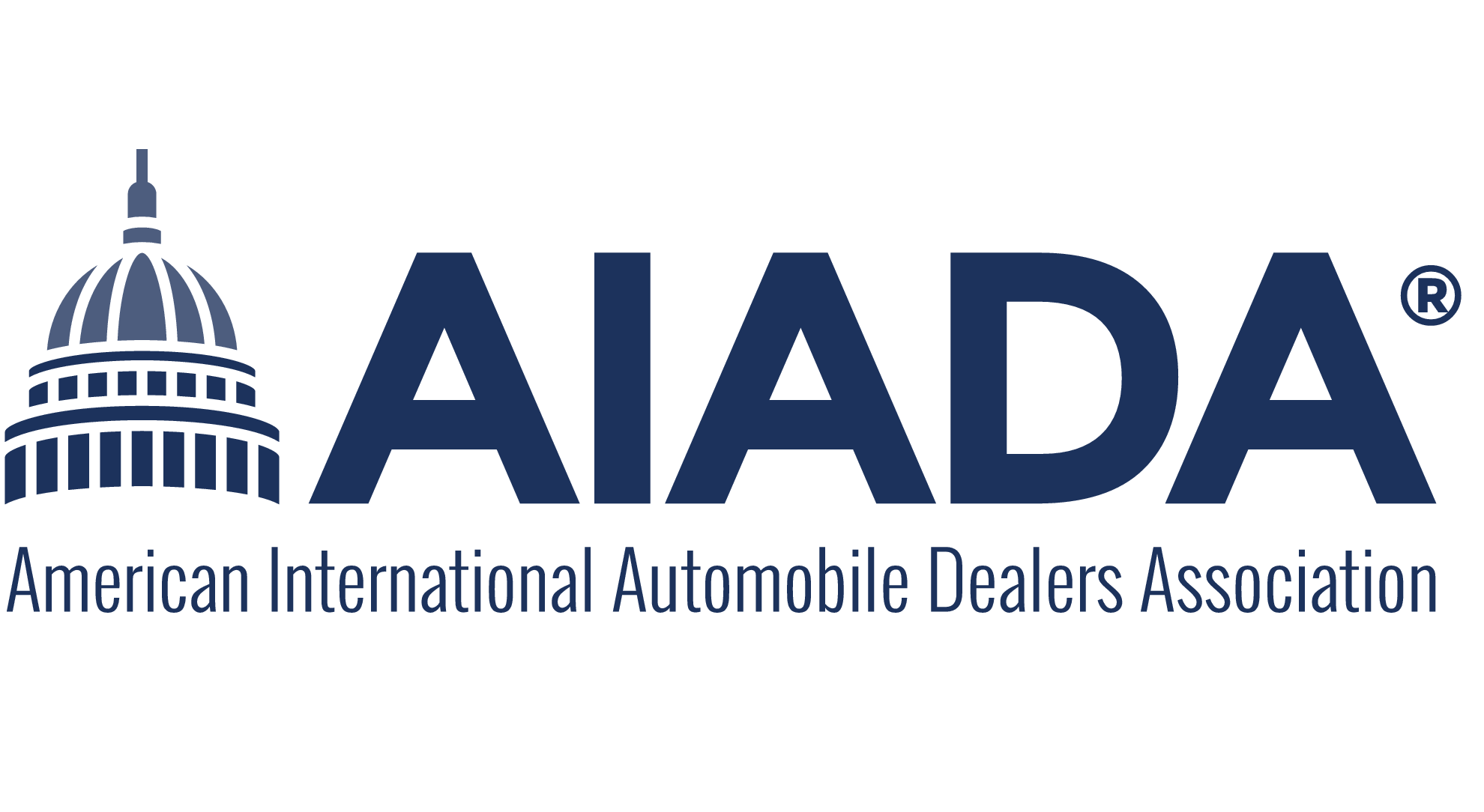U.S. Congress Office Sees Few Tax Breaks for EVs Under Democratic Plan
A proposal by U.S. Senate Democrats to put income, price and domestic content conditions on electric vehicle tax breaks could initially sharply curtail the number of EVs that qualify, the Congressional Budget Office said on Wednesday. The CBO estimate said the electric vehicle tax credits in a $430 billion climate and energy bill would cost taxpayers only $85 million in 2023, the equivalent of about 11,000 vehicles if all received $7,500 credits. Industry officials said it will be nearly impossible to achieve the domestic content rules calling for 50 percent of battery components to be manufactured in North America before 2024 and 60 percent by 2024-2025. Auto dealers are worried they "will be left trying to explain to consumers why these incentives aren't available to them," Cody Lusk, president of AIADA said Wednesday. The Manchin-Schumer proposal would also create a new $4,000 tax credit for used EVs reports Reuters. The CBO estimates that would cost the government $1.35 billion over 10 years. It would translate to tax breaks for buyers of about 337,500 used EVs over that time. Democrats are divided over the proposals, even as Republican lawmakers are closing ranks in opposition. Click here for the full story.
Biden to Sign Bill to Boost Chipmakers, Compete with China Aug. 9
President Joe Biden next Tuesday will sign a bill to subsidize the U.S. semiconductor industry and boost efforts to make the United States more competitive with China, the White House said. Reuters reports the legislation aims to alleviate a persistent shortage that has affected everything from cars, weapons, washing machines and video games. Thousands of cars and trucks remain parked in southeast Michigan awaiting chips as the shortage continues to impact automakers. A rare major foray into U.S. industrial policy, the bill provides about $52 billion in government subsidies for research and U.S. production of semiconductors. It also includes an investment tax credit for chip plants estimated to be worth $24 billion. "The bill will supercharge our efforts to make semiconductors here in America," Biden said. The legislation authorizes $200 billion over 10 years to boost U.S. scientific research to better compete with China. Congress would still need to pass separate appropriations legislation to fund those investments. Click here for the full story.
Auto Lobbyist: U.S. Edging Toward Protectionism
The discussion around free trade is shifting as concerns about sourcing, labor, environmental concerns and supply-chain resiliency push market access and the elimination of tariffs onto the agenda of Biden Admin. trade negotiators. Jennifer Safavian, CEO of Autos Drive America, says while trade provisions aimed at protecting labor rights and the environment are important and have become more robust in recent trade pacts such as the U.S.-Mexico-Canada Agreement, which replaced NAFTA and now governs cross-border trade in North America, the U.S. cannot lose sight of other objectives. Even under a “worker-centric” trade policy that emphasizes worker rights, winning market access through trade agreements helps create jobs by promoting sales of American-made products, says Safavian, whose organization represents foreign automakers operating in the U.S. and advocates for free trade. Wards reports the U.S. has been moving away from open trade to one that is more protectionist under both President Joe Biden and his predecessor Donald Trump, who triggered a trade war both with traditional allies and antagonists such as China. Click here for the full story.
ADAS, Autonomous Systems to Serve Different Needs for Different Markets, Executives Say
Advanced driver-assistance systems are commonly seen as the building blocks of fully self-driving vehicles. However, industry executives increasingly consider advanced driver-assist and autonomous capabilities separate systems evolving at different speeds to serve different markets. "They use a lot of the same sensors, but the difference is that on the Level 2 vehicle, the most capable sensor in the vehicle is a human," Nick Sitarski, Toyota vice president of integrated vehicle systems, said during a Tuesday panel at the Center for Automotive Research's Management Briefing Seminars here. Level 4 systems, by comparison, require far more technology because they allow the vehicle to drive itself under most conditions. "You need to re-create what the human is doing ... and that's a very complex and costly thing to do," Sitarski said. That's why the first autonomous vehicles deployed onto streets will belong to commercial fleets and not be available to consumers, he said. "You need to maximize the utilization of the vehicle so you can amortize that cost and pay for it," Sitarski said. Automotive News reports technology companies, suppliers and automakers, continue to invest significant resources into developing all levels of driver-assistance and autonomous technology. Click here for the full story.
Subaru Outback Only Vehicle to Receive ‘Good' Rating in Latest Round of IIHS Side Crash Test
Only three out of seven vehicles earned "good" or "acceptable" ratings in the Insurance Institute for Highway Safety's most recent side-impact crash evaluation. IIHS gave ratings of "good," "acceptable," "marginal" and "poor." Out of the seven vehicles tested, which IIHS classified as midsize, the Subaru Outback was the only one to receive a "good" rating, while the Hyundai Sonata and Volkswagen Jetta earned "acceptable.” The test was updated to replicate more real-world side impacts, which account for nearly 25 percent of passenger vehicle fatalities, IIHS said. The test now uses a 4,200-pound barrier that strikes the vehicle at 37 mph. IIHS President David Harkey told Automotive News that the lower ride height of the latest cohort of vehicles contributed to their poorer performance. "We believe part of what we are seeing here is the fact that the sedans and the midsize cars ride lower to the ground than either the midsize or the small-size SUV," Harkey said. "The result of that is that the barrier that we are now using strikes higher on the door of the sedan, causing more intrusion into the occupant compartment and increasing the likelihood of injury. Click here for the full story.
Around the Web
Gas Prices See Fastest Decline in over a Decade, Down 83 Cents Since Mid-June [Car and Driver]
The VW Golf Might Not Get a New Generation After All [Carscoops]
Aston Martin Will Unveil Two New Cars At Pebble Beach [Carbuzz]
Using Strategy and Media to Differentiate Your Car Dealership [CBT News]

